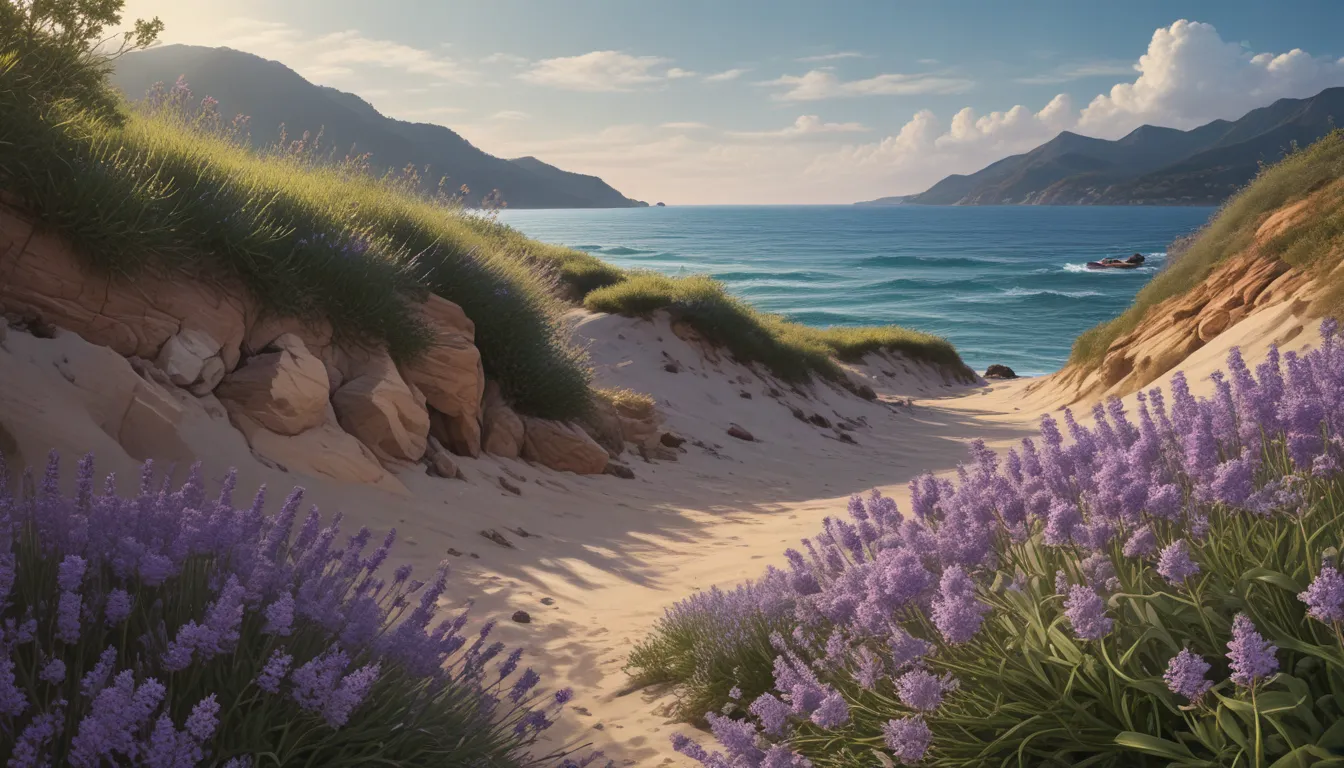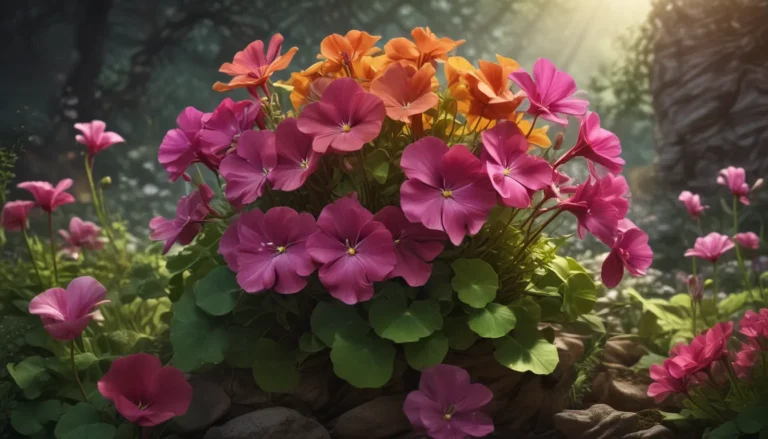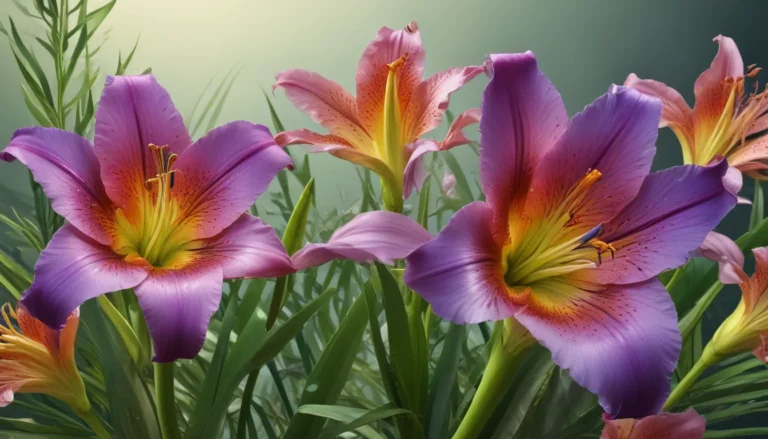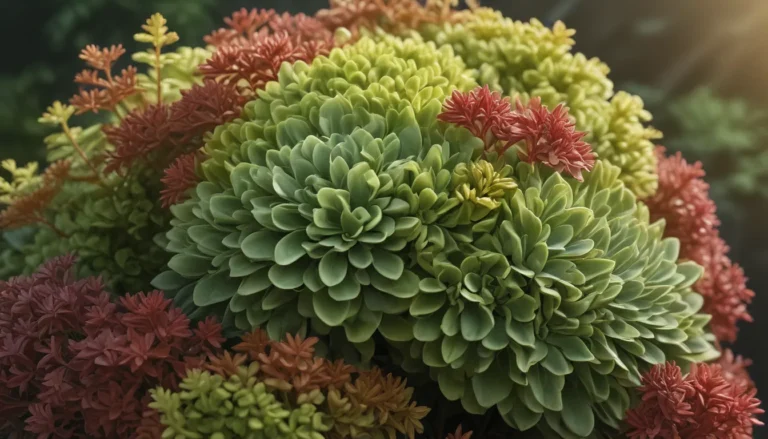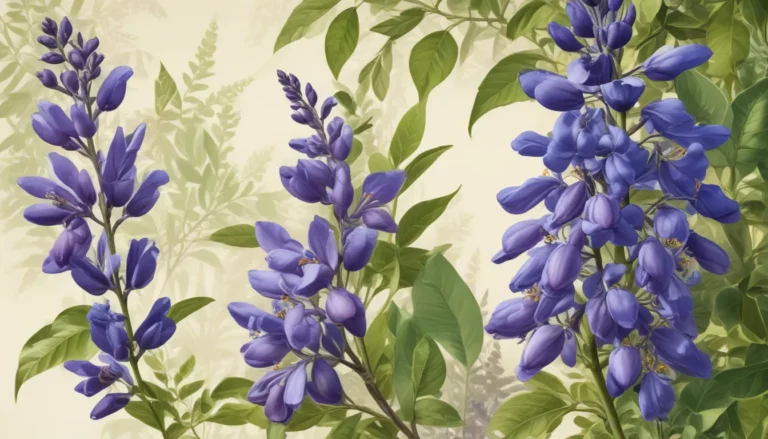The pictures we use in our articles might not show exactly what the words say. We choose these pictures to make you interested in reading more. The pictures work together with the words but don’t take their place. The words still tell you the important facts.
Are you ready to embark on a journey to explore the captivating world of sea lavender? This stunning coastal plant, also known as Limonium, is not just a visual delight with its vibrant purple or pink flowers. It holds a treasure trove of extraordinary facts that will leave you mesmerized. From its medicinal properties to its ecological significance, sea lavender is truly a plant worth discovering.
Diving into the World of Sea Lavender
Sea lavender, also referred to as statice, is a colorful and resilient coastal plant that belongs to the family Plumbaginaceae. With about 120 species in its genus, sea lavender is a perennial herb that thrives in coastal regions around the world. Its woody base gives rise to tall stems adorned with clusters of tiny, delicate flowers in various shades such as purple, blue, pink, and white.
The Medicinal Marvel of Sea Lavender
One of the most intriguing aspects of sea lavender is its medicinal properties. For centuries, this plant has been used in traditional medicine for its anti-inflammatory, antioxidant, and diuretic effects. It is believed to aid in treating respiratory conditions, skin ailments, and digestive issues. Its resilience in harsh coastal environments makes it a valuable ally in natural healing.
A Haven for Pollinators: Butterflies and Bees
Sea lavender's vibrant and fragrant flowers act as a beacon for butterflies and bees, making it a vital addition to any pollinator-friendly garden. The nectar-rich blooms not only provide a source of food for these essential pollinators but also add a touch of color and life to the coastal landscape.
From Coastal Shores to Rock Gardens: Landscaping with Sea Lavender
Due to its adaptability, colorful blooms, and low maintenance requirements, sea lavender is a popular choice for coastal landscaping. It can be used to create borders, enhance rock gardens, or bring a touch of seaside charm to any outdoor space. Its ability to withstand salt and drought makes it a resilient and attractive option for gardeners.
Capturing Symbolism and Cultural Significance
Sea lavender holds a special place in various cultures, symbolizing remembrance, love, and loyalty. It is often used in memorial wreaths, wedding bouquets, and special occasions to convey emotions of tranquility and eternal love. Its presence in floral arrangements adds a touch of symbolism and sentiment to any setting.
Harvesting Nature’s Fragrance: Essential Oils from Sea Lavender
The flowers and leaves of sea lavender are valued for their aromatic qualities and are used to extract essential oils. These oils are prized for their calming and soothing properties, making them a popular ingredient in perfumes, cosmetics, and aromatherapy products. Sea lavender's essence encapsulates the tranquility of coastal landscapes.
Unveiling the Secrets of Sea Lavender’s Name and Symbolism
Despite its name, sea lavender is not related to true lavender but shares a resemblance in its clustered flower spikes. Symbolizing tranquility, eternal love, and protection, sea lavender's name holds deep significance in the realm of botanical symbolism. Its unique attributes make it a standout in the world of flora.
Embracing Sea Lavender’s Eco-Friendly Role
Sea lavender plays a crucial role in coastal ecosystems by stabilizing sand dunes, preventing soil erosion, and providing habitat for a diverse array of coastal species. Its ability to thrive in salty environments and attract pollinators contributes to biodiversity and ecological balance along coastal regions.
Embracing Sea Lavender: A Homage to Nature’s Beauty
In conclusion, sea lavender stands as a testament to nature's resilience and beauty. From its vibrant flowers to its medicinal properties and cultural significance, sea lavender embodies the essence of coastal landscapes. Whether you are a gardening enthusiast, nature lover, or simply curious about unique plant species, sea lavender offers a glimpse into the wonders of the natural world.
Delving Deeper into Sea Lavender: FAQs
What is sea lavender?
Sea lavender, also known as Statice or Limonium, is a flowering plant native to coastal regions known for its colorful flowers and slender stems.
Can sea lavender be grown in a home garden?
Yes, sea lavender can thrive in home gardens, especially in mild climates with well-draining soil and adequate sunlight.
Does sea lavender have health benefits?
Sea lavender is valued in traditional medicine for its anti-inflammatory, antioxidant, and skin-soothing properties.
How does sea lavender contribute to the environment?
Sea lavender aids in stabilizing coastal ecosystems, attracting pollinators, and preserving biodiversity.
Can sea lavender be used in floral arrangements?
Absolutely! Sea lavender's vibrant blooms are a popular choice for floral arrangements, adding a touch of elegance to any setting.
Is sea lavender easy to care for?
Yes, sea lavender is low-maintenance and thrives in sandy, salty soil with minimal watering, making it a resilient choice for coastal gardens.
As you uncover the enchanting world of sea lavender, remember to cherish the beauty and resilience of this remarkable coastal plant. Explore the wonders of nature and embrace the tranquility and grace that sea lavender symbolizes in the vibrant tapestry of the natural world. Let sea lavender be a reminder of the intricate connections between plants, pollinators, and ecosystems that contribute to the beauty and balance of our planet.
